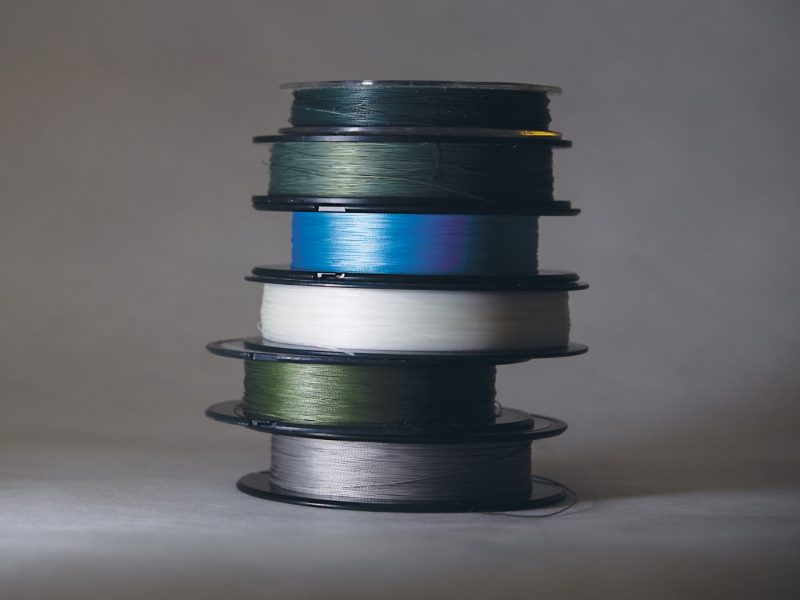Braided fishing line offers incredible strength and sensitivity compared to traditional monofilament lines. But with so many options available, choosing the right braid can feel overwhelming. This guide will help you navigate the world of braided lines and select the perfect one for your next fishing adventure.
Understanding Braid Construction:
- HMPE Fibers: The foundation of all braided lines, these high modulus polyethylene fibers provide exceptional strength and thin diameter.
- Number of Carriers (Strands): This is the key factor influencing performance. Braid lines come in 4-, 8-, or 16-strand options, each with its own advantages and drawbacks.

Choosing Your Braid Based on Strand Count:
-
4-Strand Braid:
- Benefits:
- Abrasion resistant: Cuts through weeds and vegetation with ease, ideal for heavy cover fishing.
- Strongest braids: Perfect for battling hard-fighting fish or saltwater environments.
- Affordable: Generally less expensive than higher strand count braids.
- Trade-offs:
- Rougher texture: Increased friction reduces casting distance.
- Best for:
- Freshwater fishing in heavy weeds or thick vegetation.
- Saltwater fishing around rocks, reefs, or wrecks.
- Benefits:
Now that you know more about the intricacies of braided fishing line, consider using it for your next angling adventure.
Image/Source: OnTheWater





